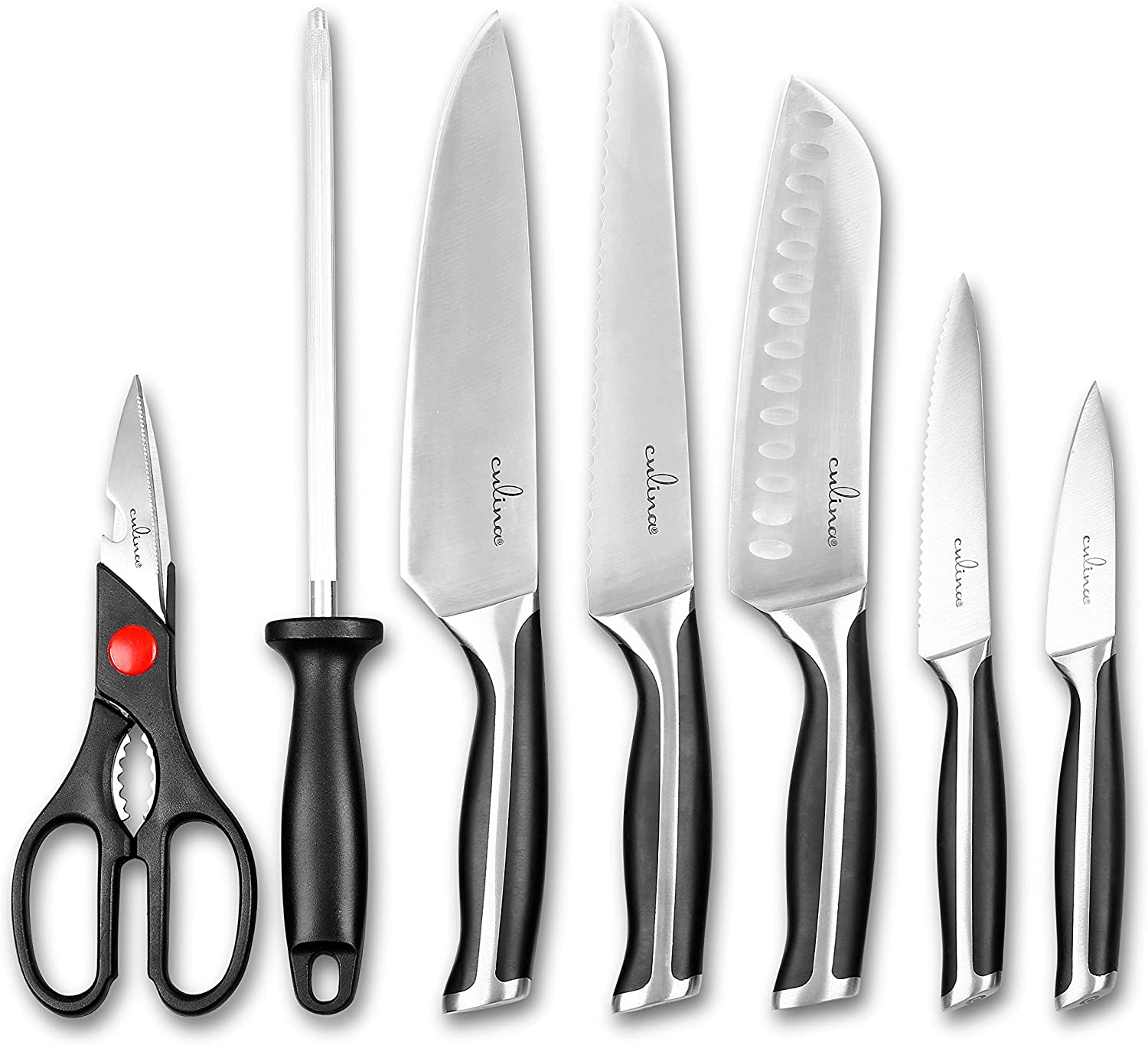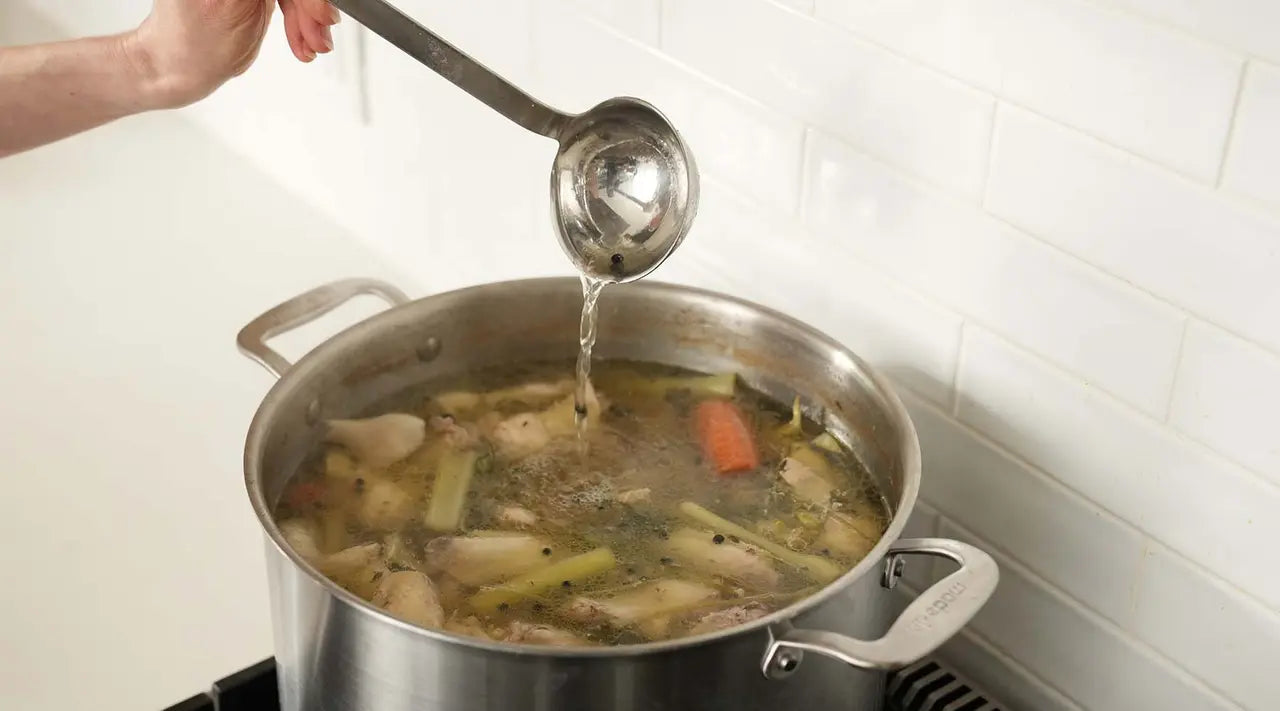When it comes to cooking, especially in professional kitchens, the ability to master various techniques can set a chef apart. One technique that can be particularly rewarding is learning how to deep fry in a stock pot. This method allows for larger batches of food to be cooked efficiently, making it ideal for busy culinary environments.
In this article, we will cover everything kitchen professionals need to know about deep frying in a stock pot, including the required equipment, safety tips, and some delicious recipes to try.

The Basics of Deep Frying
Deep frying is a cooking method where food is submerged in hot oil, resulting in a crispy exterior and tender interior. While many may opt for a traditional deep fryer, a stock pot can serve the same purpose with a few adjustments.
Choosing the Right Stock Pot
Before diving into the frying process, it's crucial to choose the appropriate stock pot. The size of the pot will determine the volume of food that can be fried at once, impacting cooking time and overall efficiency. Stock pots typically range from 6 to 20 quarts, and selecting one that can accommodate your frying needs is essential.
Essential Equipment
To successfully deep fry in a stock pot, you will need the following equipment:
- Stock Pot: A sturdy, heavy-duty pot is vital for maintaining temperature.
- Cooking Oil: Choose oils with high smoke points, such as vegetable or peanut oil.
- Thermometer: An accurate thermometer helps monitor the oil temperature.
- Slotted Spoon: Essential for removing fried items from the pot.
- Spider Skimmer: Great for draining excess oil from foods.

Steps for Deep Frying in a Stock Pot
Heres a step-by-step guide on how to deep fry in a stock pot effectively:
- Prepare Your Workspace: Ensure your work area is clear and well-ventilated. Keep a fire extinguisher nearby just in case.
- Fill the Pot with Oil: Pour oil into the pot, filling it no more than halfway to avoid overflow when food is added.
- Heat the Oil: Using a thermometer, heat the oil to 350F - 375F, which is the ideal frying temperature.
- Prepare the Food: Coat your food in batter or breadcrumbs for a crispy texture, and ensure its cut into uniform sizes to cook evenly.
- Fry in Batches: Carefully place food into the hot oil in small batches to avoid splattering and maintain oil temperature.
- Monitor Cooking Time: Fry until golden brown, usually 4-5 minutes per batch. Use a slotted spoon to remove and drain on paper towels.
Safety Tips When Deep Frying
Safety should always be a priority when deep frying. Here are some essential tips to keep in mind:
- Never leave hot oil unattended.
- Wear protective gear, such as oven mitts and an apron.
- Use long utensils to keep your hands away from the hot oil.
- Allow oil to cool completely before disposal to avoid fires.

Recipes to Try
Once youve mastered how to deep fry in a stock pot, youll want to try a few recipes to showcase your skills. Consider these delicious options:
- Fried Chicken: Season and marinate the chicken pieces, coat them in seasoned flour, and fry for crispy, juicy results.
- Tempura Vegetables: Create a light batter and fry vegetables like zucchini, mushrooms, and bell peppers for a tasty appetizer.
- Classic Donuts: Make your own donut dough, cut out shapes, and fry until puffed and golden.

FAQs About Deep Frying
1. Can I use any type of oil for deep frying?
While you can technically use any oil, its best to stick to oils with high smoke points, such as peanut, canola, or vegetable oil.
2. How do I know when the oil is hot enough?
Using a thermometer is the best way to check. Aim for a temperature between 350F and 375F for optimal frying.
3. How can I safely dispose of used frying oil?
Let the oil cool completely, then pour it into a sealable container and dispose of it with household waste or take it to a recycling center.
Conclusion
Learning how to deep fry in a stock pot is a valuable skill for any kitchen professional. With the right tools and techniques, you can produce perfectly fried dishes that impress your guests and elevate your culinary repertoire. Remember, practicing safety and cleanliness is paramount throughout the frying process.
For more resources on stock pot sizes, check out what size stock pot for pasta or what is a stock pot.
As an Amazon Associate, I earn from qualifying purchases.






Leave a comment
This site is protected by hCaptcha and the hCaptcha Privacy Policy and Terms of Service apply.